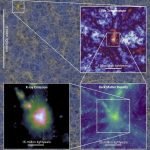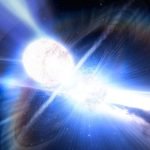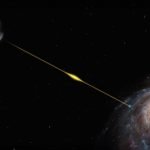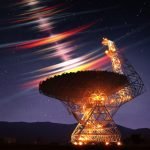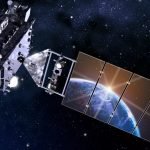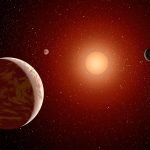Astronomers unlock cosmic secrets with massive virtual universe
In a groundbreaking achievement, a team of international astronomers has carried out the biggest computer simulation about our universe.
Think of it as a super...
How close is too close to a Kilonova
Cataclysmic events happen in the Universe all the time. Black hole mergers, supernovae, gamma-ray bursts, and a whole host of others.
Most of them happen...
The Big One: The most powerful Marsquake ever detected
The ground shakes. Paintings tilt.
Walls crack. Rubble may fall.
On Earth, we understand how and where these events happen due to the discovery of plate...
Scientists detect the most distant flash of radio waves
Imagine you're outside on a clear night, looking up at the stars. Now imagine one of those stars blinking at you super-fast, like the...
Dancing black holes: Scientists suggest they might exist in pairs!
Black holes are like the vacuum cleaners of the universe.
Imagine a super-strong whirlpool that pulls everything into it, even light!
Now, scientists think there might...
Astronomers find “ultra-fast radio bursts” lasting millionths of a second
A recent study published in Nature Astronomy examines the discovery of what astronomers are dubbing “ultra-fast radio bursts”, a new type of fast radio...
Scientists discover tiny quartz crystals on a distant gas giant!
NASA's James Webb Space Telescope, or simply Webb, has made an astonishing discovery! On a massive, faraway planet named WASP-17 b, scientists have found...
A Russian satellite has shifted within 60 km of another spacecraft
When it comes to saber-rattling, few countries employ it as much as Russia does.
During their ongoing invasion and occupation of Ukraine, the country’s leadership...
Do red dwarfs or sunlike stars have more earth-sized worlds
Earth is our only example of a habitable planet, so it makes sense to search for Earth-size worlds when we’re hunting for potentially-habitable exoplanets.
When...
A solar radio eclipse ring of fire
On October 14, as most Californians were treated to a partial solar eclipse (see bottom right "visible" image showing the sun's crescent peeking out...

